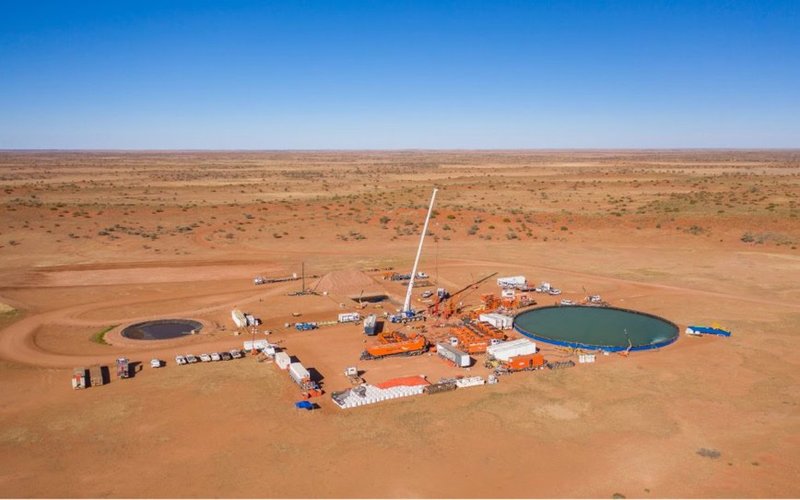Gas developer Vintage Energy (ASX: VEN) has received key approvals for the next stage of a program aimed at increasing production from its Odin and Vali fields in the Cooper Basin.
Vintage reported positive outcomes in mid-March with removing scale impediments at its projects and has now received approval for a proposed production uplift program at its Southern Flank gas fields.
Joint venture (JV) partners Metgasco (ASX: MEL) and unlisted Bridgeport have now approved budgets to back plans to lift output from Odin and Vali through management of scale accumulation, the addition of Toolachee Formation production at Vali and a reperforation project at Vali-3.
Production unaffected
Vintage expects the new program to commence in June, with access to the projects currently impacted by the extreme weather in Queensland during the final week of March.
Production from the Odin and Vali gas fields is unaffected, with Vintage considering alternative transportation such as helicopters in the event of a disruption to normal activities.
The Vintage-led operations supply gas from Odin and Vali to the Pelican Point Power joint venture.
Workover program
The initial workover activities at the Odin-1 and Vali-1 gas fields focused on flowline de-bottlenecking operations at the Southern Flank gas projects in an attempt to achieve more stable production.
The workover program successfully reduced back-pressure, with the operations credited with higher gas production rates.
Back-pressure in a gas field relates to pressure build-up encountered by gas as it flows through a system, often due to restrictions or equipment, impacting production efficiency.
Scaling issues
The workover activities also addressed the scaling issues that had previously been identified as a major cause of declining gas production.
The company employed chemical injection and cleaning, which appear to have rectified the previously reported interference with accurate metering.
